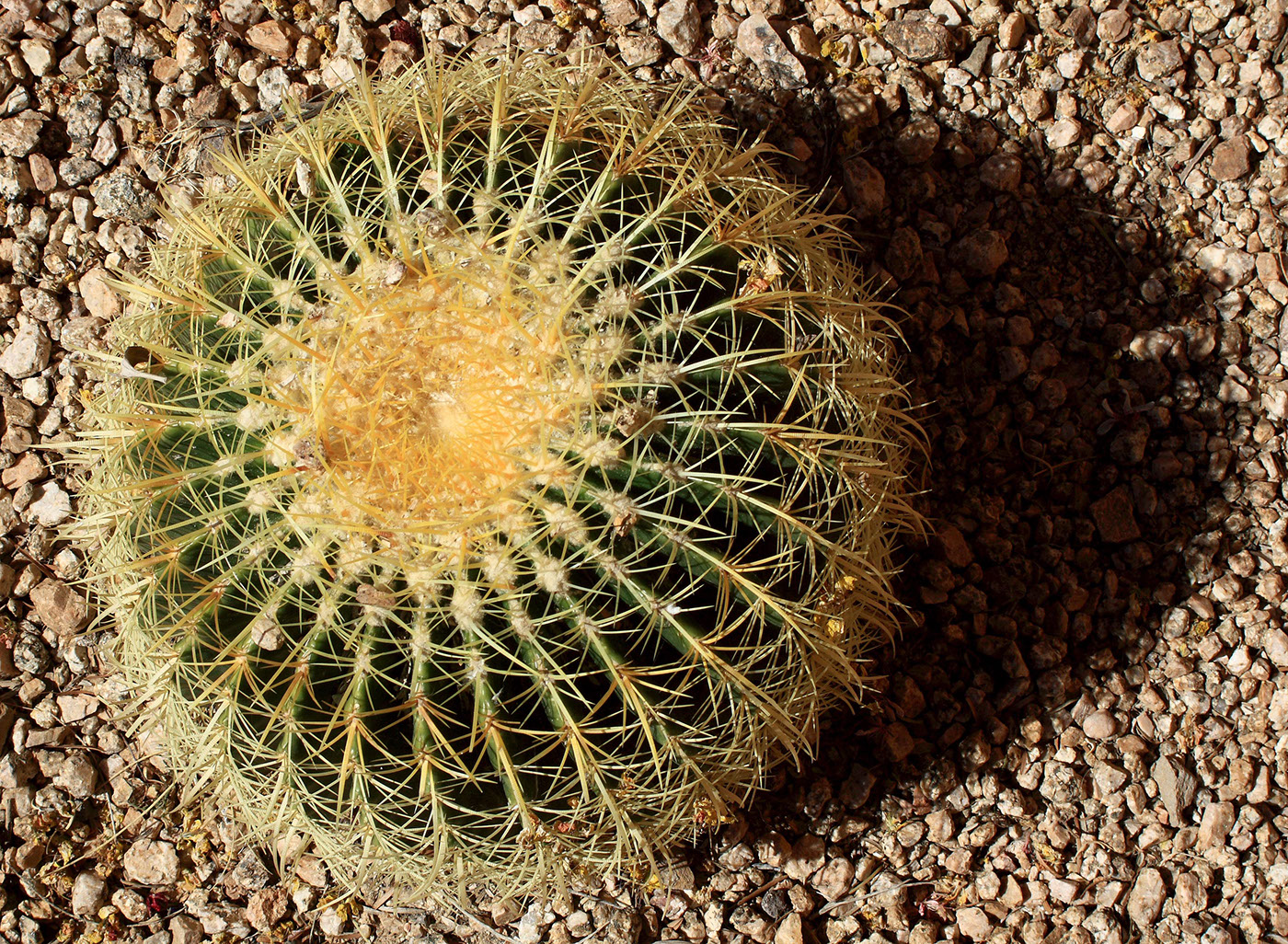The vast and unrelenting desert landscape of Tucson, Arizona, is a veritable paradise for cactus enthusiasts. The flora here is not merely aesthetic; it is a resilient testament to the harsh environmental conditions that define the region. Cacti have become intrinsic to Tucson’s identity, featuring prominently in its ecosystem, culture, and landscape. This exploration highlights the iconic cactus species found in Tucson, shedding light on their unique characteristics, adaptations, and ecological significance.
Discovering the Saguaro: The Giant of the Desert
When discussing cacti in Tucson, it is impossible not to mention the Saguaro cactus (Carnegiea gigantea). This emblematic species, with its tall stature and distinctive arms, serves as a symbol of the American Southwest. The Saguaro can thrive for over 150 years, growing to heights of up to 40 feet and weighing several tons. However, its impressive array of physical attributes belies a complex biological life.
The Saguaro is primarily found in the Sonoran Desert, which is characterized by its unique climate, a hybrid of extreme heat and sporadic rainfall. These giants possess a waxy skin and spines that minimize water loss, adapting beautifully to their often arid surroundings. Their physiological prowess to store vast quantities of rainwater allows them to flourish even when rainfall is scant. Additionally, they play a pivotal role in the local ecosystem; numerous bird species, such as the Gila Woodpecker and the White-Winged Dove, depend on the Saguaro for sustenance and nesting sites. This interdependent relationship exemplifies the intricate web of life that sustains the desert environment.
The Saguaro’s flowering season, typically occurring from April to June, is a breathtaking spectacle. During this time, the cactus produces stunning white blooms that open at night, only to close under the sun’s rays. This nocturnal flowering strategy is an adaptation to attract specific pollinators, such as bats and nocturnal insects. The resulting fruit, a red fleshy capsule known as the Saguaro fruit, serves as a critical food source for both wildlife and Indigenous peoples, who have utilized it in traditional ceremonies for centuries.
Exploring the Organ Pipe: The Cactus of the Rising Sun
While the Saguaro may be the most famous, the Organ Pipe cactus (Stenocereus thurberi) is equally enchanting. Named for its unique columnar shape, resembling a series of organ pipes, this species thrives along the borders of Arizona and Mexico. Like the Saguaro, the Organ Pipe cactus has adapted to harsh conditions, boasting a deep root system that enables it to tap into the subterranean water table.
This species is a hallmark of the Organ Pipe Cactus National Monument, a protected area that highlights its importance. The vibrant, lush green of the Organ Pipe contrasts sharply against the browns and tans of the desert landscape, creating a dramatic visual experience. In the summer, the flowers bloom, showcasing a stunning display of ivory blossoms that provide spectacular visual evidence of the cactus’s reproductive cycle.
Moreover, the Organ Pipe cactus is extraordinary in its propagation mechanism. It can reproduce both through seeds and vegetative offset, known as “pups.” The pups emerge from the base of the parent cactus, gathering vital moisture from the soil and forming colonies that enhance their chances of survival, a testament to the adaptability inherent in desert flora.
Unveiling the Barrel Cactus: Nature’s Water Dispenser
Further enriching Tucson’s cactus diversity is the Barrel cactus, particularly the Arizona Barrel cactus (Ferocactus wislizeni). This species easily captures attention with its distinctive round shape, often reaching heights of up to 3 feet. With sharp spines that form a protective barrier, the Barrel cactus can survive in extreme conditions, even storing water within its fleshy pulp. Its name speaks to its capability; during times of drought, it can serve as a source of sustenance for desert wildlife, including birds and mammals that may seek out its moisture-rich interior.
The bright yellow flowers that bloom on the crown of the Barrel cactus during the spring season add a vibrant splash of color to the otherwise muted desert palette. The blooms attract a variety of pollinators, enriching the local ecosystem. The fruit, which is often consumed by various wildlife, is also edible for humans, leading to its use in traditional recipes amongst Indigenous cultures.
Beyond Aesthetics: The Cultural Significance of Cacti in Tucson
Cacti are more than just plants; they hold significant cultural value within Tucson. The Saguaro, in particular, has become a national icon, representing the resilience of the desert and the human spirit. Artisans and craftsmen incorporate cactus motifs into their work, from pottery to textiles. The annual Tucson Cactus and Succulent Society Show & Sale invites enthusiasts and collectors to engage in the rich biodiversity of cacti, fostering a sense of community and shared appreciation.
The Sonoran Desert is also home to a wealth of knowledge regarding traditional uses of cacti in Indigenous cultures. The Tohono O’odham people have long relied on various cactus species, utilizing their fruits and cooking fibers for sustenance and craftwork, thereby intertwining botanical knowledge with cultural heritage.
Conclusion: A Journey Through Resilience
In conclusion, exploring Tucson’s iconic cactus species reveals a world of resilience, adaptation, and cultural significance. From the towering Saguaro to the elegant Organ Pipe and the sturdy Barrel, these plants symbolize survival in one of the most extreme environments on earth. Each cactus tells a story – a narrative of endurance, ecological balance, and the intertwined fates of the flora and fauna that inhabit the deserts of Arizona. Augmenting our understanding of these remarkable species not only nurtures curiosity but also promotes a deeper appreciation of the delicate ecosystems they represent.





Leave a Comment